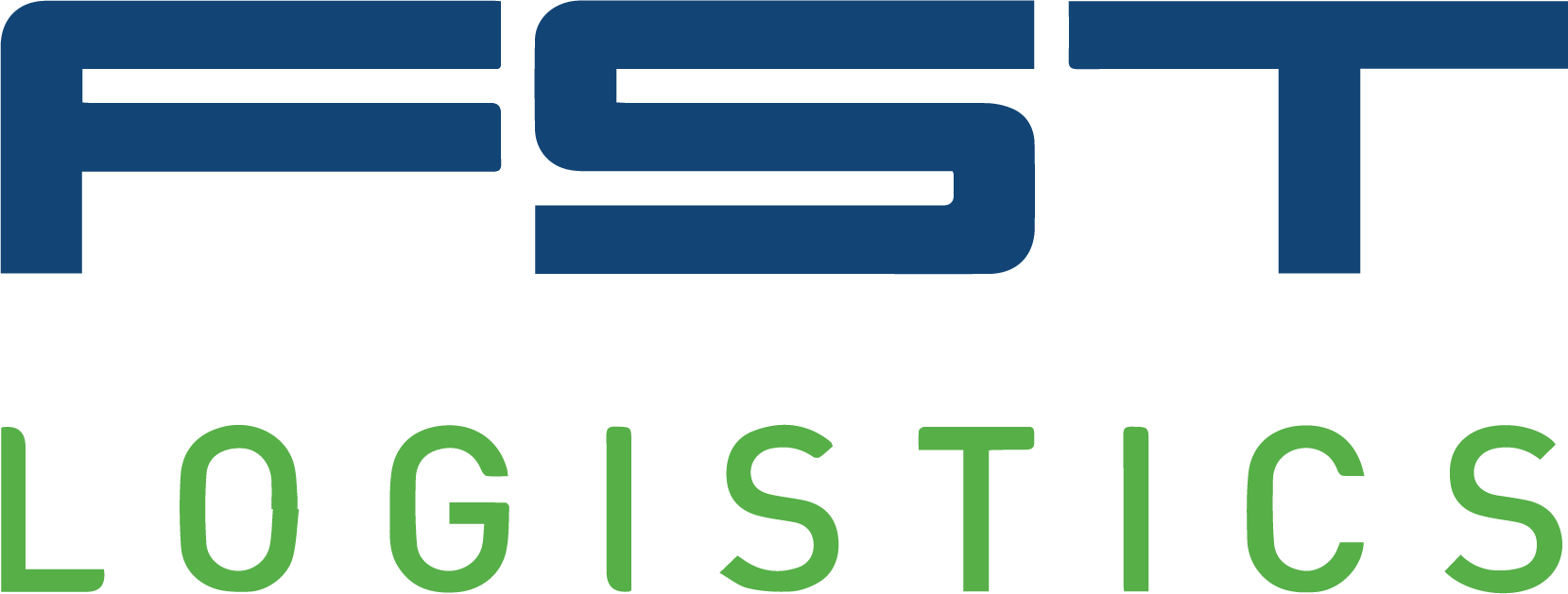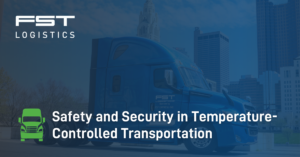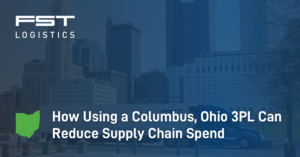How understanding FOB price and delivered price helps companies save on logistics costs
Young brands are often taught that having distributors and retailers handle order pickup is the easier and more cost-effective way to manage transportation. However, there is a tipping point where the drawbacks of customer pick-up (CPU) and freight-on-board (FOB) pricing outweigh the benefits. Switching to a delivered price can lead to significant cost savings.
Let’s dive into when each approach is ideal and economically efficient, and when it makes sense to transition.
First, let’s get clear on the following definitions:
- CPU Freight Meaning: When a retailer/buyer takes on the responsibility of sending trucks to pick up a brand’s product, this is called Customer Pick-up (CPU). When a brand commits to a CPU freight arrangement, the cost of transportation is NOT included in their cost of goods sold (COGS). The retailer/buyer does the actual product pickup and delivery, incurring the cost of transportation.
- FOB Price Meaning: Without transportation costs included in COGS, orders are referred to as freight on board (FOB). FOB pricing refers to when the retailer/buyer is responsible for the shipping costs from the seller’s warehouse to the retailer’s/buyer’s destination.
- Delivered Price Meaning: When a brand is responsible for delivering its product(s) to a retailer/receiver they have agreed to a delivered pricing arrangement. The brand leverages its own trucking network and partnerships to coordinate on-time delivery. Transportation costs incurred by the brand are added to the cost of goods sold (COGS) billed to the retailer/receiver.
Brands can often choose which pricing model they want to use, weighing the pros and cons of cost and convenience. However, major retailers like Amazon and Target will sometimes maintain control and make the final determination. Being required to use a particular pricing structure is most common when brands sell small or infrequent quantities.
When FOB Pricing and CPU Freight are Beneficial
Relying on distributors and retailers to handle order pickup and transportation is often chosen for its perceived convenience. The assumption is that handing over logistics responsibilities will save time and money.
This can be true for emerging brands that have smaller order quantities that are more sporadic or spread out. Without regular shipments, managing retail order delivery can be cumbersome and expensive.
BONUS: Without transportation costs included in COGS, smaller brands can leverage FOB pricing as a way to look more profitable to suppliers.
| When FOB Price is Most Efficient | When Delivered Price is Most Efficient |
| Order frequency is low or sporadic | Order frequency is high or regular |
| Orders are for cities that are far apart | Orders are in nearby locations |
| When there is little lead time, orders placed with short notice | When there is decent lead time – at least a week’s notice |
Drawbacks to FOB Pricing and Customer Pick-Up
While initially convenient, FOB pricing and customer pick-up arrangements can come with unexpected costs and interruptions.
- Scheduling: Retailers can dictate fulfillment guidelines under CPU arrangements. They can choose to pick up products whenever it works best for them. Dictated time windows can interfere with other dock appointments or interrupt production schedules. When given little notice of a customer pick-up date, you may need to pay rush or detention fees and can incur chargebacks.
- Unexpected Charges: Too often, brands are surprised by the retailer’s billed transportation fees. In addition to chargebacks, market trucking rates can greatly alter pricing – particularly in a tight market. Retailers do not share exact rates prior to handling pick-up and delivery.
- Limited Reach: If only able to offer FOB pricing, you limit customers just to those that can arrange for pick up.
- Loss of Control: When customers are responsible for pick-up, you lose control over the shipping process. You rely on their timing and transportation methods, which may not align with your business goals or expectations.
- Potential for Disruption: When unable to choose pickup times, warehouses can get congested or disorganized. This means increased holding costs, staging issues, potential mistakes with inventory management and frustrated workers.
- Rush Orders: If brands are unable to have freight ready for pickup when the retailer dictates, the brand becomes responsible for delivering the order. This can get expensive quickly, as most brands that use CPU do not have a network of approved carriers to fall back on.
The Tipping Point: When Delivered Price is Beneficial
So, when does CPU freight cease to be cost-effective, and the drawbacks start to outweigh the benefits? This tipping point varies depending on the specific circumstances of each brand, but there are common factors to consider.
As your business grows, the economies of scale shift. Medium-sized companies with increasing order volumes may find it more efficient to manage their own pickup and deliveries.
- Consistent Rates: With higher volumes of freight and regular or predictable schedules, brands can secure dedicated carriers and lock in steady, often lower, transportation rates.
- Consolidation: With more shipping volume under brand control, there may be opportunities for consolidated orders or pool distribution. Sharing trucks with other orders going to the same destination can offer major savings.
- Fewer Chargebacks: Regular schedules and full control of pickup means no missed deliveries, staged freight that’s ready to go and limited interruptions to production. AKA: few to no unexpected chargebacks on final bills.
- Profit Control: When able to negotiate delivered pricing, brands have more control over profit margins. There are fewer surprises and more visibility into what is driving spend.
Data Needed to Weigh FOB Price vs. Delivered Price
While relying on distributors and retailers for logistics may work well for some emerging brands, there comes a point when it’s economically inefficient. Finding the profitable tipping point requires the evaluation of key data points.
To get the most accurate pricing estimates, provide transportation partners with 3-12 months of historical order data. With fewer than 3 months’ worth of order history, logistics service providers cannot accurately estimate pricing or offer you reliable rates. To truly account for fluctuations or trends, a full year of data is best.
When you withhold information from carriers or service providers, it tends to result in inflated pricing, leaving you with more difficult negotiations. More data = accurate rates.
Data to provide when calculating FOB or delivered pricing:
- Pick-up address, city and state
- Warehouse and dock footprint
- Scheduling and delivery requirements
- Destination address, city and state
- Size of shipments – pallet count, weight
- Order frequency
- List of retail customers
With access to this data, logistics service providers can arm brands with the information needed to establish more profitable minimum order quantities (MOQ) and weigh the benefits of different pricing arrangements.
Choosing FOB Price or Delivered Price
Do you need help determining which retail order delivery model is most beneficial for your brand? FST’s pricing and operations teams can help provide transparency into which arrangement offers more efficiency and savings.


